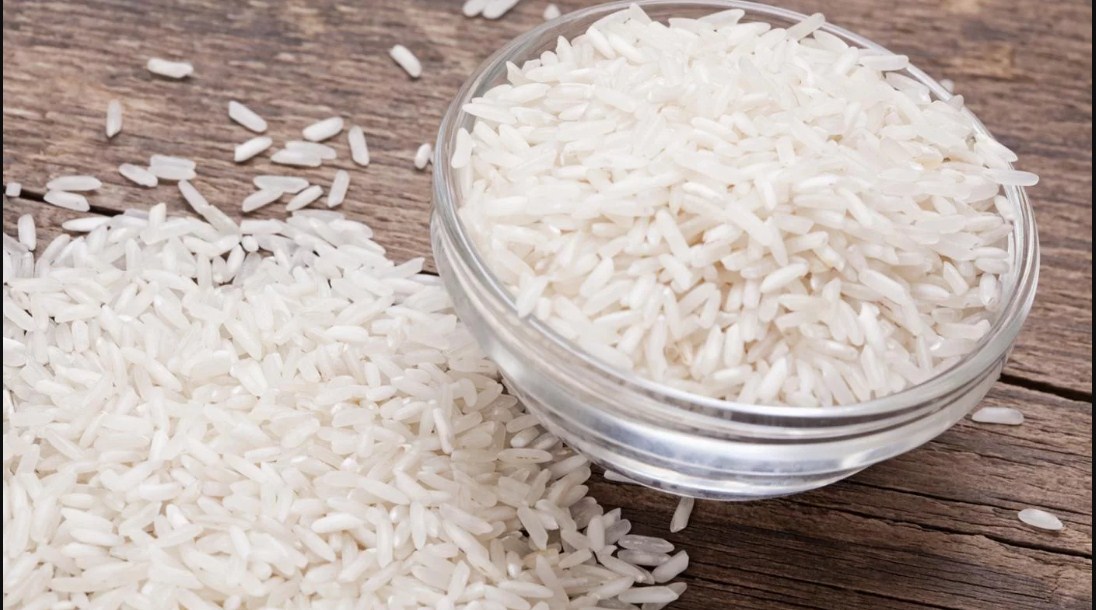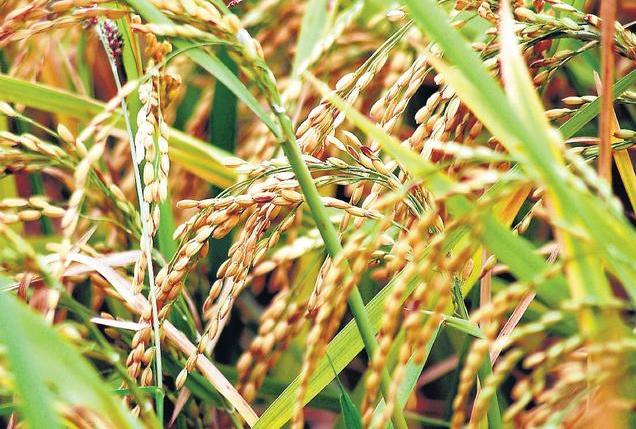The state government is all set to create a branding of Darjeeling tea with the objective of getting a niche market and tapping the international export market in a greater way.
“We are working upon a strategy to have Darjeeling tea packaged and branded in Bengal itself. Now, Darjeeling tea is exported in bulk to many states and also to a number of foreign countries. If we can increase the brand value, we are hopeful that the tea industry will be getting higher premium,” Managing Director of West Bengal Industrial Development Corporation (WBIDC) said on the sidelines of a CII conference on ‘Rebuild East, Invest in Development’ on March 17.
The WBIDC is in the process of developing a strategy for the branding and will have a separate budget for the new project. “We will be inviting buyers across the globe to come and visit the tea gardens and get in touch with the tea garden authorities on their own in the form of B2B (Business to Business) meetings,” a senior WBIDC official added, elaborating on the state’s plan The idea of branding Darjeeling tea has cropped up at the two-day business summit in the Hills that concluded on March 14.
It may be mentioned that Darjeeling tea enjoys the coveted GI tag and is liked by tea connoisseurs across the world. Darjeeling annually produces 8.7-9 million kg of tea, the majority of which is exported.
দার্জিলিঙের চা বিদেশের বাজারে ব্র্যান্ডিং করতে উদ্যোগী রাজ্য
যে কোনও দ্রব্যের বাজার ধরতে চাই ভালো ব্র্যান্ডিং। এবার সেই পথে দার্জিলিং চা। আগামী দিনে দেশ বিদেশের বাজারে দার্জিলিং চায়ের জনপ্রিয়তা বাড়াতে ব্র্যান্ডিং করার উদ্যোগ নিতে চলেছে রাজ্য সরকার। তার জন্য তৈরী হতে চলেছে নির্দিষ্ট স্ত্র্যাটেজি।
ওয়েস্ট বেঙ্গল ইন্ডাস্ট্রিয়াল ডেভেলপমেন্ট কর্পোরেশনের ম্যানেজিং ডিরেক্টর জানিয়েছেন, দার্জিলিঙের চা ব্যবসার এমনিতে বাজার রয়েছে। কিন্তু, সেই বাজারটিকে আরও বেশী জনপ্রিয় করে তুলতে প্রয়োজন ব্র্যান্ডিং। গুরুত্ব দেওয়া হবে প্যাকেজিঙে। চা মালিক এবং বিভিন্ন দেশ বিদেশের কোম্পানিগুলির সঙ্গে আরও বেশী সংযোগ সাধন করতে চায় রাজ্য সরকার। রাজ্য সরকারের আর্থিক বাজেটেও ব্র্যান্ডিং বাবদ অর্থ বরাদ্দ করা হয়েছে।
চা বাগানগুলিতে দেশ বিদেশের ক্রেতাদের দেখতে নিয়ে আসা, চা বাগানের মালিক এবং কোম্পানির সঙ্গে আলোচনার আয়োজন করা। সব মিলিয়ে বাজারে দার্জিলিং চায়ের গুরুত্ব আরও বাড়াতে তৎপর রাজ্য সরকার।
দার্জিলিঙের চা ইউরোপ, আমেরিকা, এশিয়ার বিভিন্ন দেশে রপ্তানি হয়। মূল ক্রেতা জার্মানি, জাপান, ব্রিটেন, আমেরিকা। আন্তর্জাতিক স্তরে সেই চাহিদা বাড়াতেই উদ্যোগী হল রাজ্য সরকার।
প্রসঙ্গত, সম্প্রতি ছোট বাগানের চা বিক্রী করার উদ্যোগ নিয়েছে রাজ্য সরকার। এর জন্য উত্তরবঙ্গের বিভিন্ন এলাকায় ছড়িয়ে ছিটিয়ে থাকা ক্ষুদ্র চা চাষিদের সংগঠিত করতে চায় রাজ্য সরকার। কয়েক বছর ধরেই উত্তরবঙ্গে ছোট চা বাগান তৈরীর প্রবণতা বেড়েছে। তথ্য অনুযায়ী, দার্জিলিং বাদে উত্তরবঙ্গের অন্যত্র যতটা চা উৎপাদন হয় তার ৫৩ শতাংশ আসে ক্ষুদ্র চা বাগান থেকে।
এবার রাজ্য সরকার ব্র্যান্ডিঙে উদ্যোগী হওয়ায় চা শিল্পের সঙ্গে জড়িত কর্মী এবং মালিকদের আরও উৎসাহ বাড়বে। পাশাপাশি আরও চারটি ইন্ডাস্ট্রিয়াল হাব তৈরী করতে চলেছে রাজ্য সরকার। হাওড়া, হলদিয়া, রঘুনাথপুর ও হরিণঘাটায় ২৫০০ একর জমিতে তৈরী হবে এই শিল্পতালুক।








